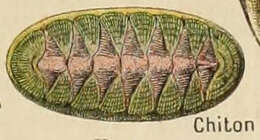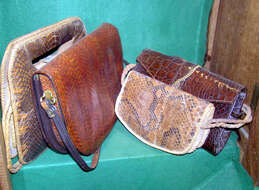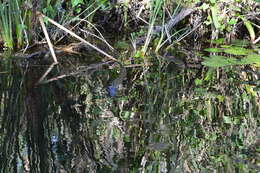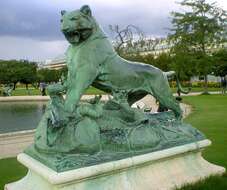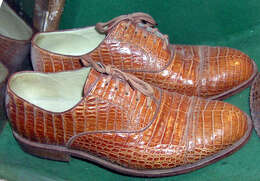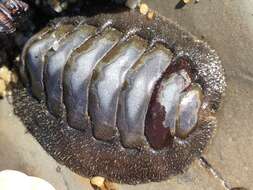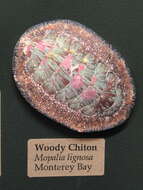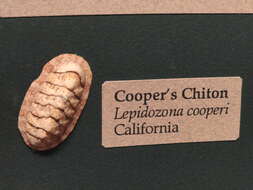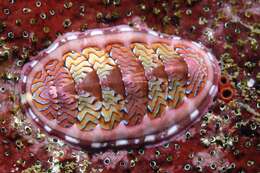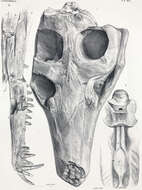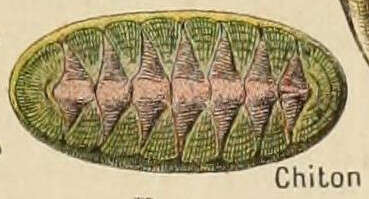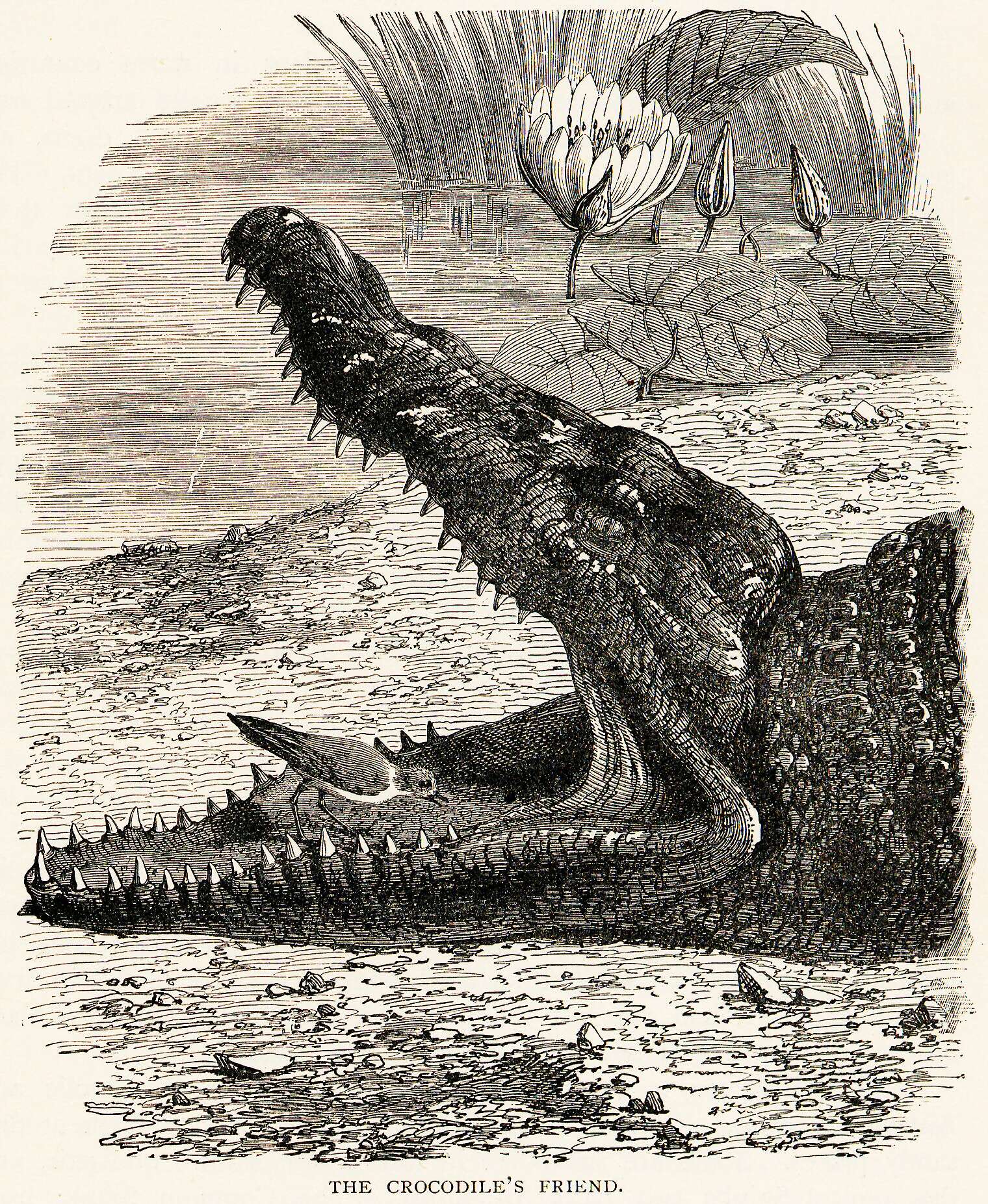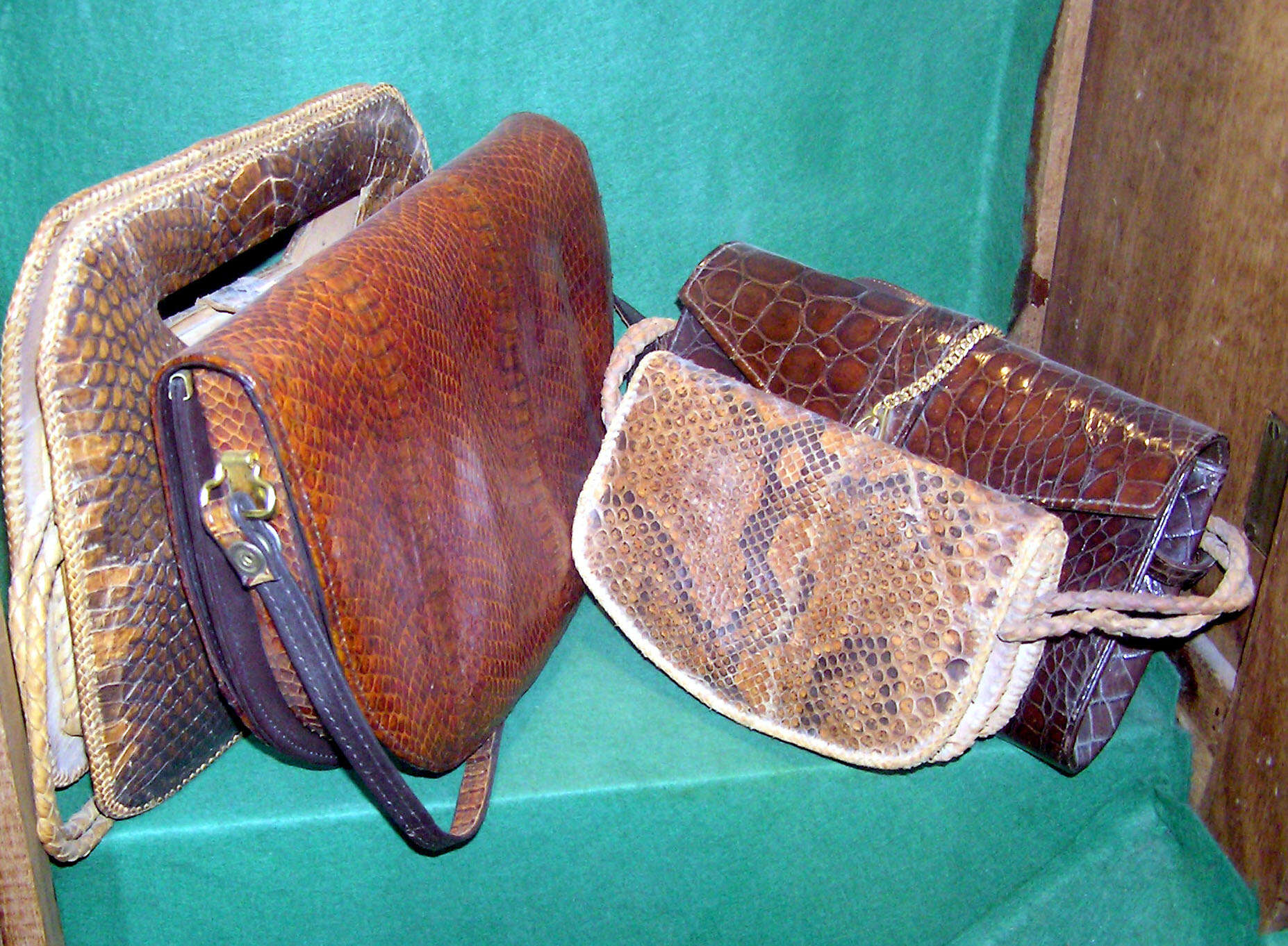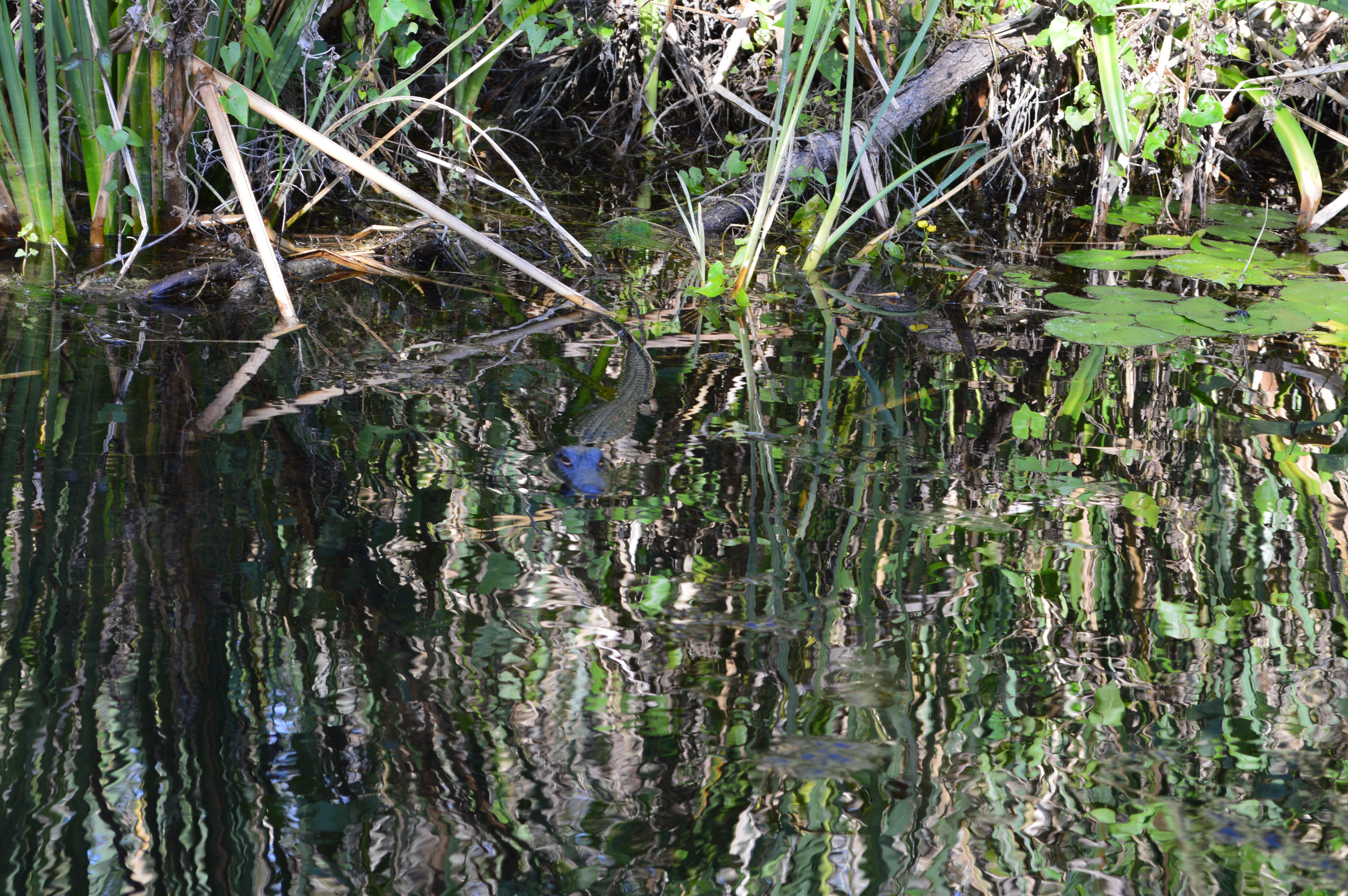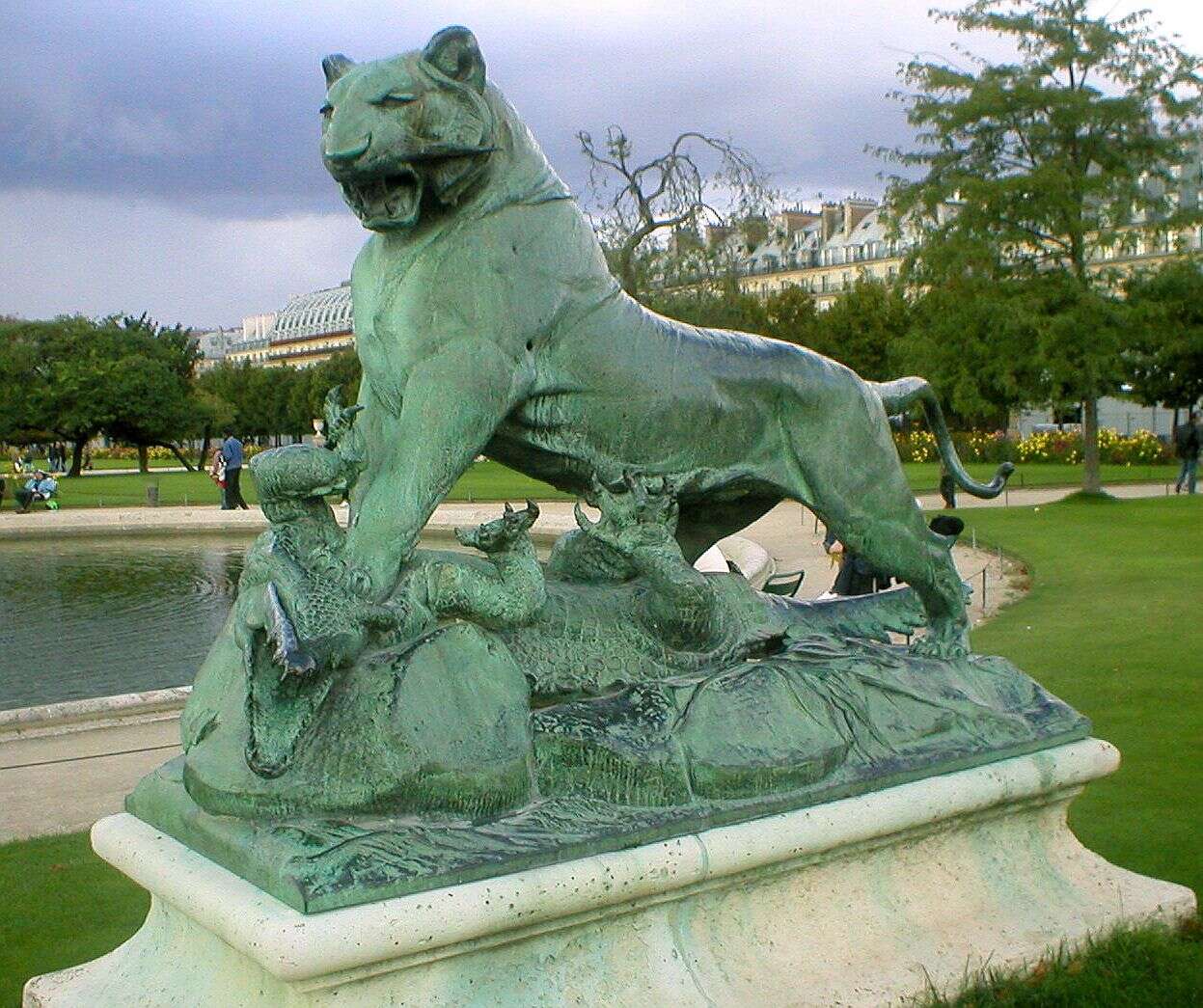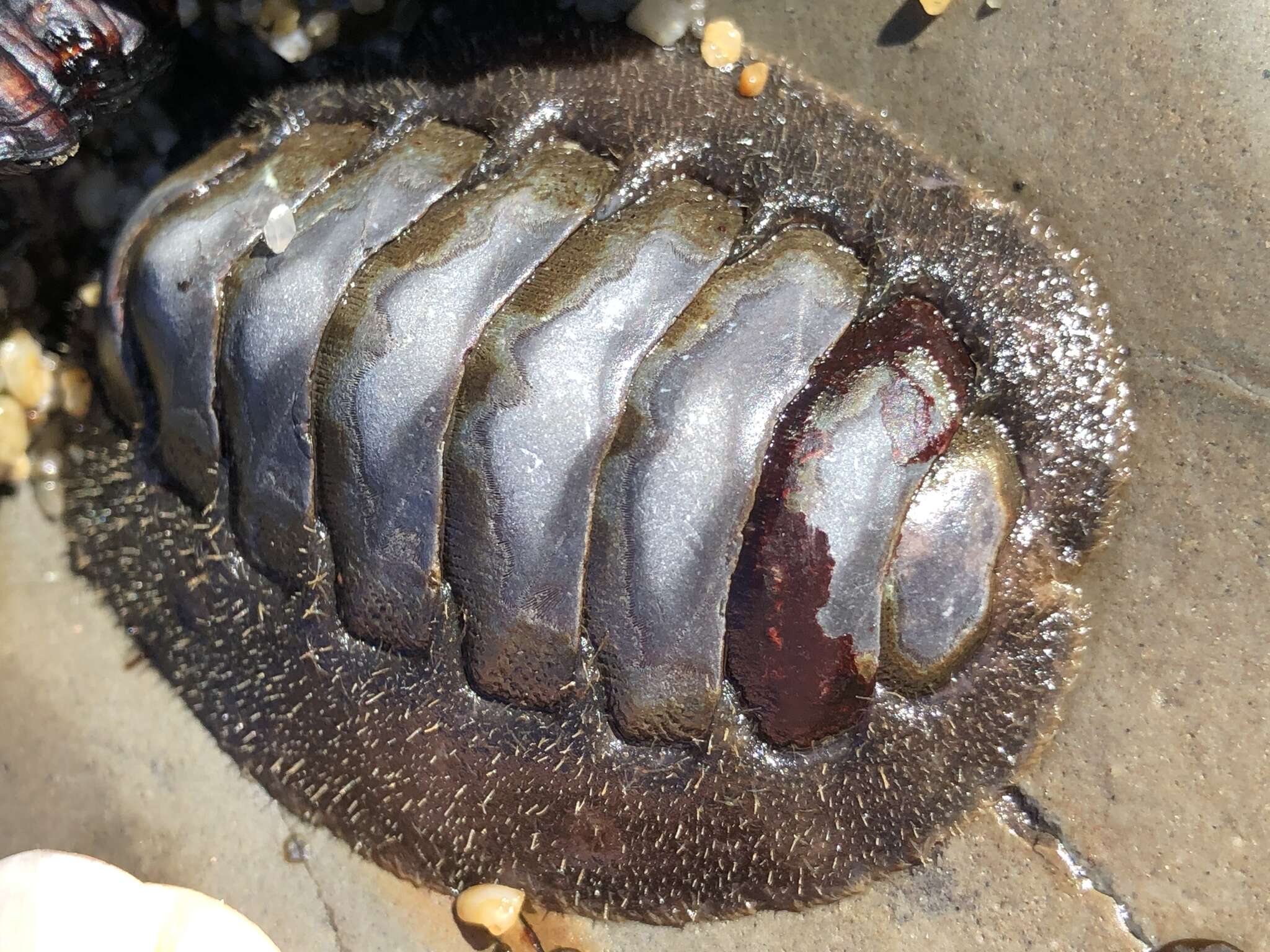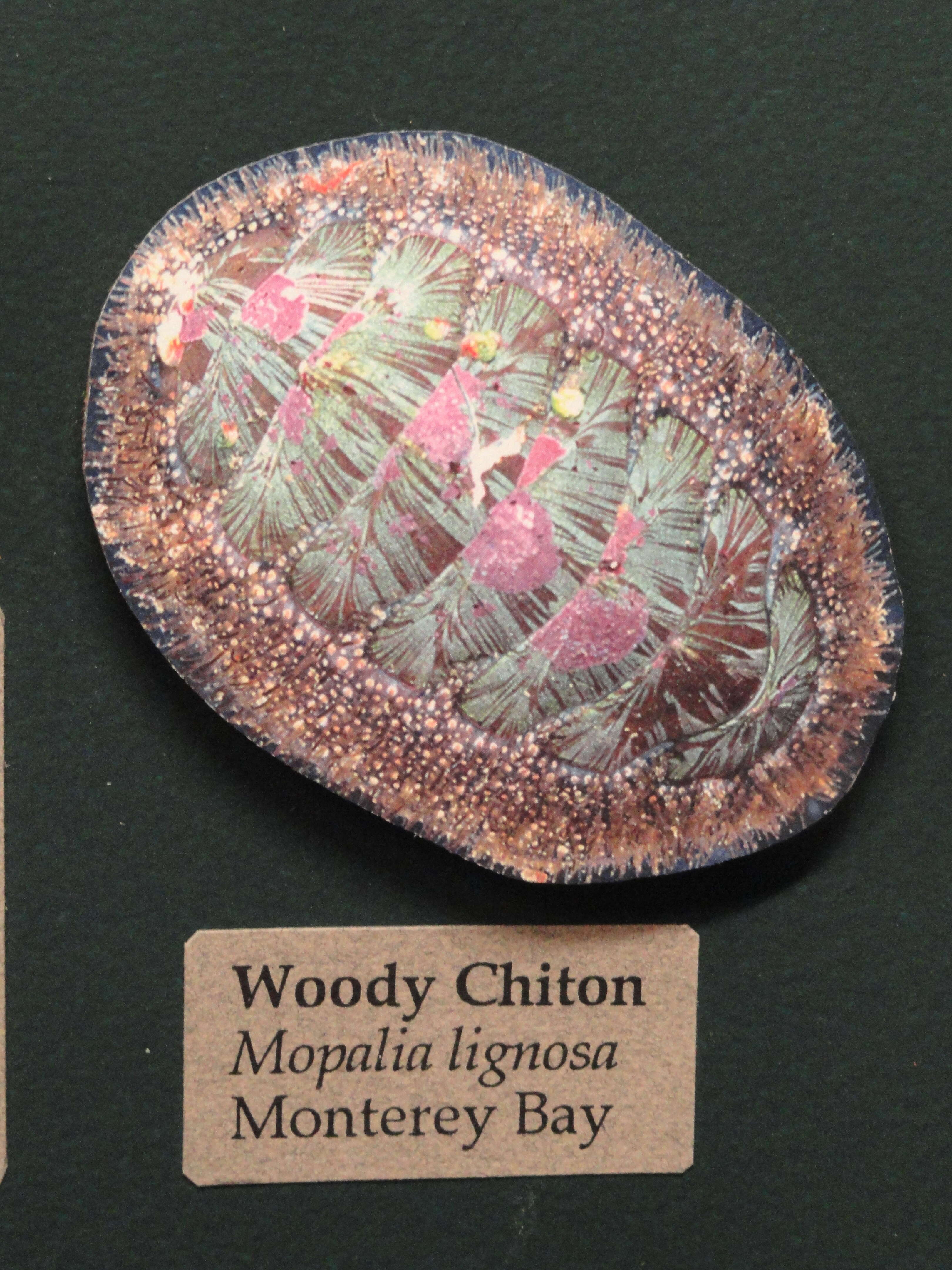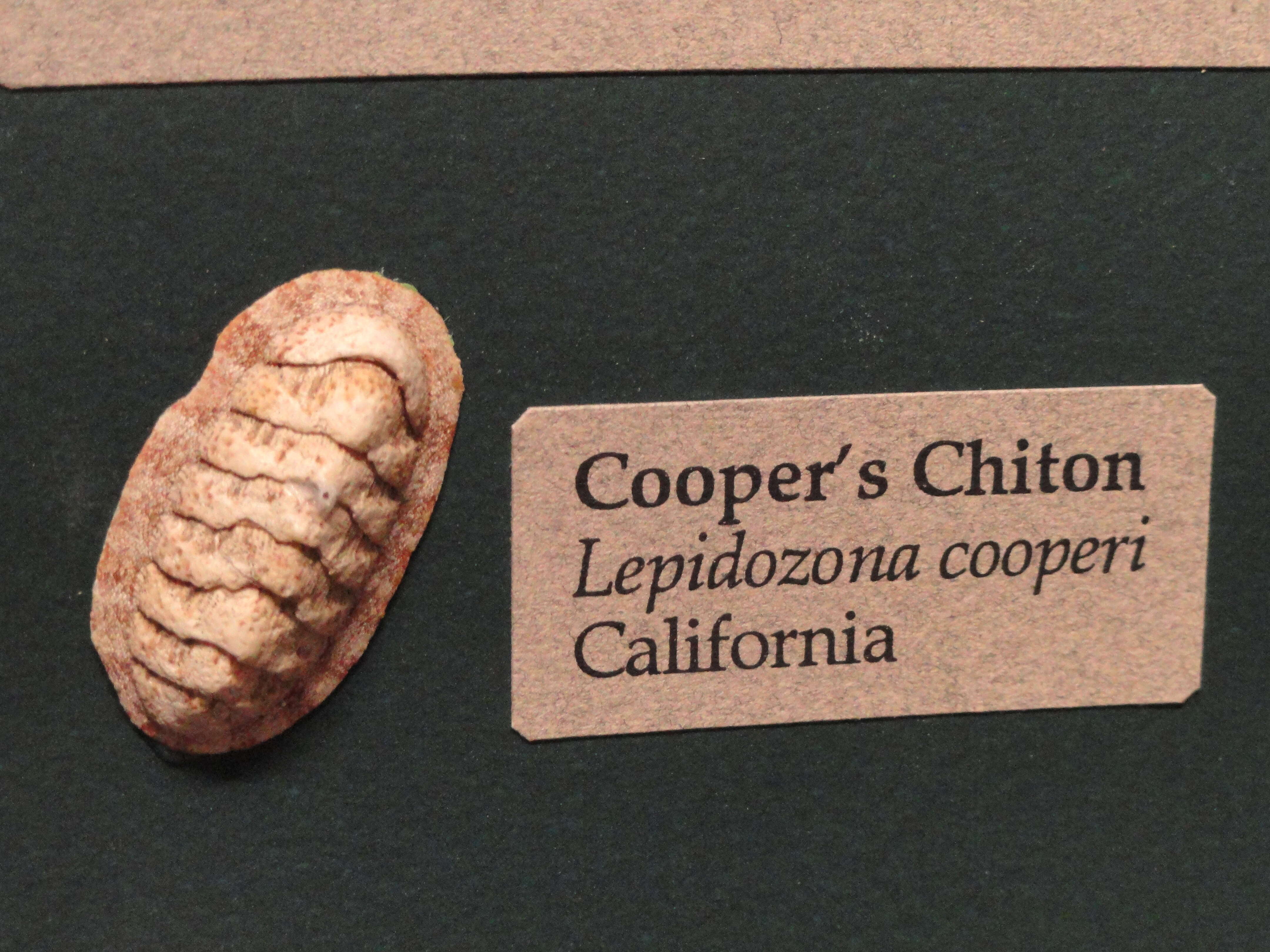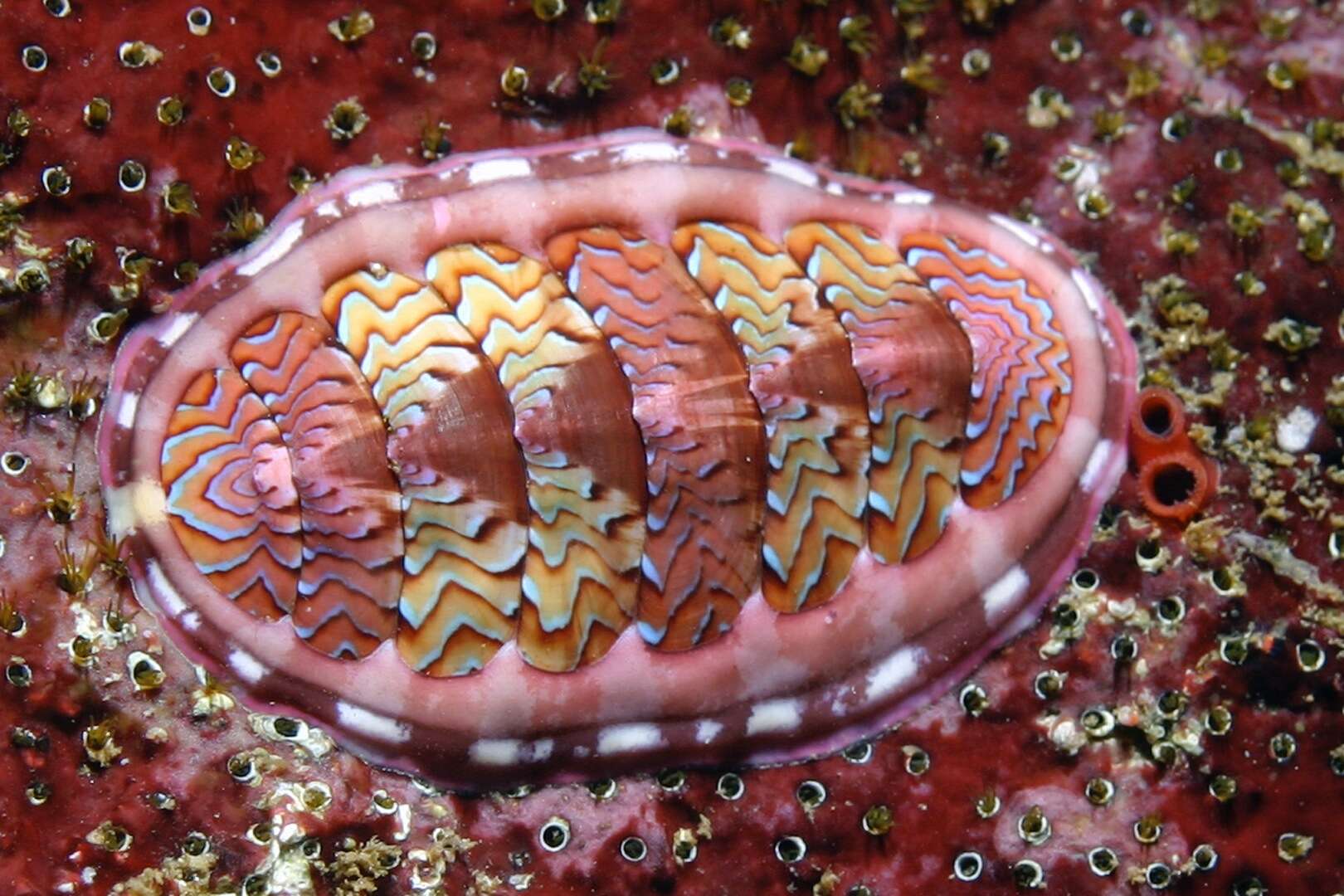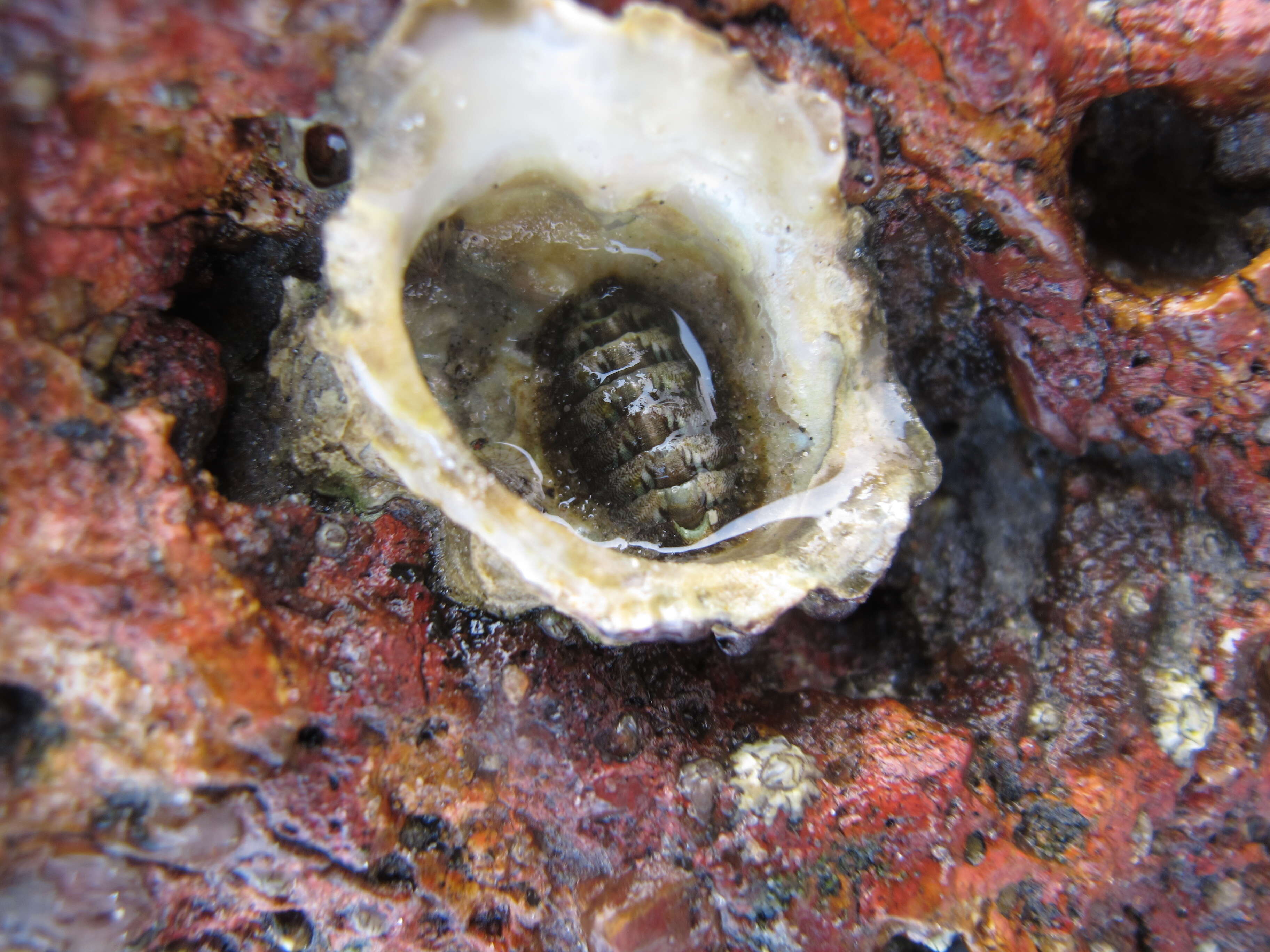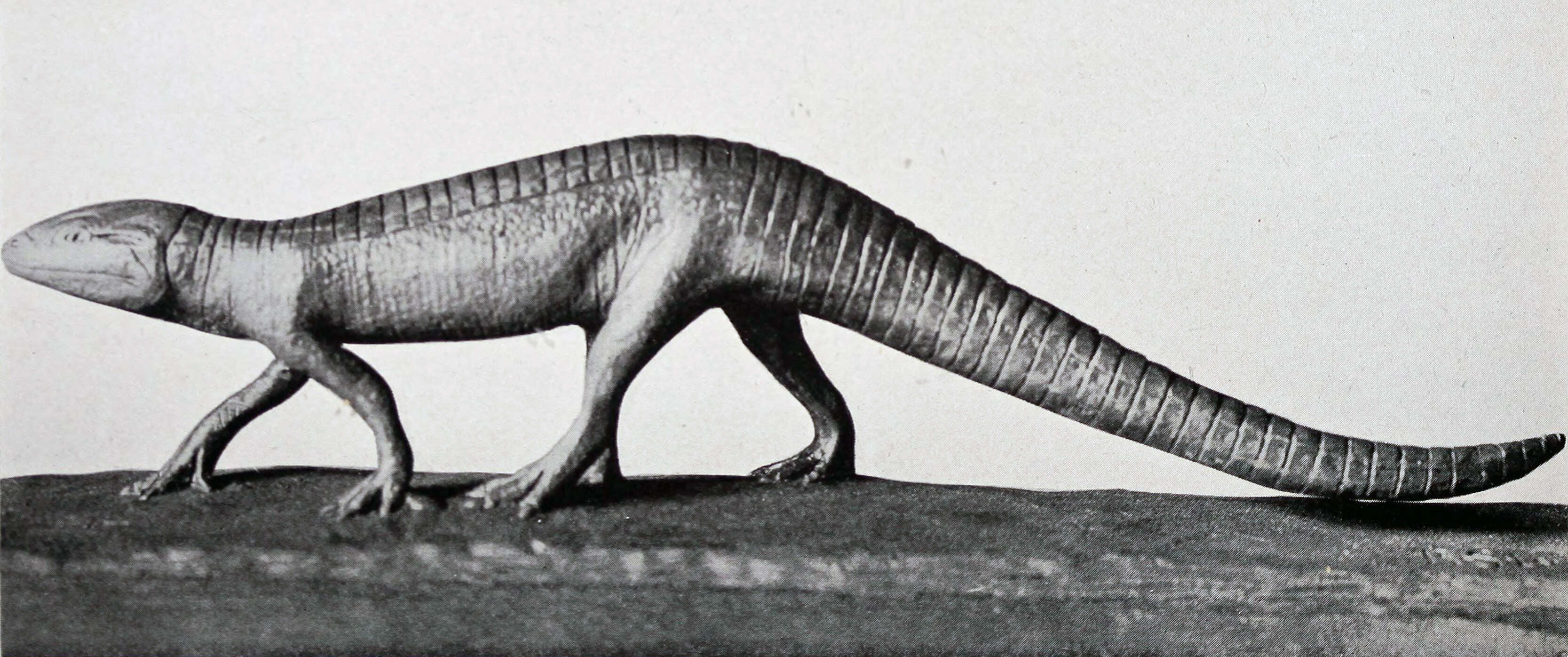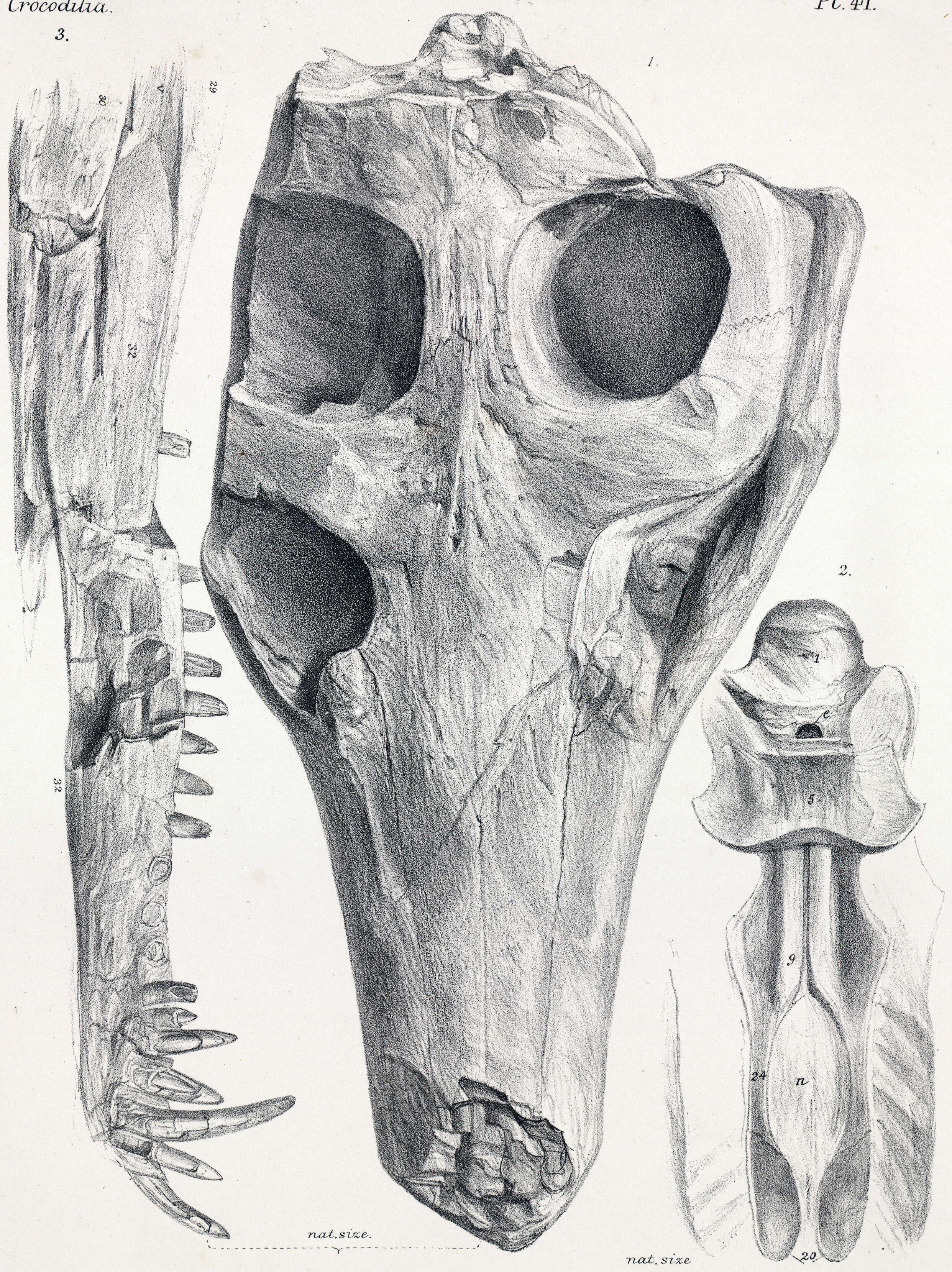Description: English: A small bird such as a plover or sandpiper, representing the Trochilus described by Herodotus, eats leeches from the gaping open mouth of a Nile crocodile in an early example of Cleaning Symbiosis. Date: 1909. Source:
http://www.50birds.com/gendalligators2.htm, image taken from Popular Natural History, 1909. Author: Henry Scherren. Permission(
Reusing this file): PD-Old-100 and PD-1923; Scherren died in 1911 so copyright has expired. A 'Trochilus' bird, perhaps a Sandpiper or Plover,
Spur-winged Plover eats leeches from from the teeth of a
Nile Crocodile, in a classic supposed example of cleaning symbiosis. Egyptian Plover (
Pluvianus aegyptius). Africa's Spur-winged Plover Vanellus spinosus is a
lapwing and has black head with bold white triangle opening towards neck. P. aegypticus is a
courser with a black head with two thin white stripes as here. The behaviour is apparently real, but not well documented.
Dysmorodrepanis 21:35, 4 April 2008 (UTC) Whatever the portrayed bird is meant to be, it is neither a Spur-winged plover (for instance black belly) nor an Egyptian plover (for instance black hindneck). The African bird it most resembles is the White-crowned/headed plover/lapwing (
Vanellus albiceps). I guess the illustrator/author was not too familiar with African birds. I wonder. The behaviour has been recorded among Sandpipers in Egypt, and the bird drawn is not unlike the Common Sandpiper (
Actitis hypoleucos) (which overwinters in Egypt), so perhaps the artist used that as the model.
Chiswick Chap (
talk) 11:01, 17 February 2012 (UTC) A footnote: there is little evidence for
cleaning symbiosis between any bird and the Nile Crocodile, but what there is suggests that Herodotus and Scherren most likely heard about sandpipers; and Scherren clearly picked a sandpiper as his model for this illustration.
Chiswick Chap (
talk) 09:28, 4 November 2012 (UTC) Illustration from Popular Natural History by Henry Scherren, published 1909. Image found at [:
http://www.50birds.com/gendalligators2.htm]. Licensing[
edit] Public domainPublic domainfalsefalse. : This work is in the
public domain in its country of origin and other countries and areas where the
copyright term is the author's life plus 100 years or fewer. This work is in the
public domain in the
United States because it was
published (or registered with the
U.S. Copyright Office) before January 1, 1927.
This file has been identified as being free of known restrictions under copyright law, including all related and neighboring rights.. https://creativecommons.org/publicdomain/mark/1.0/PDMCreative Commons Public Domain Mark 1.0falsefalse



